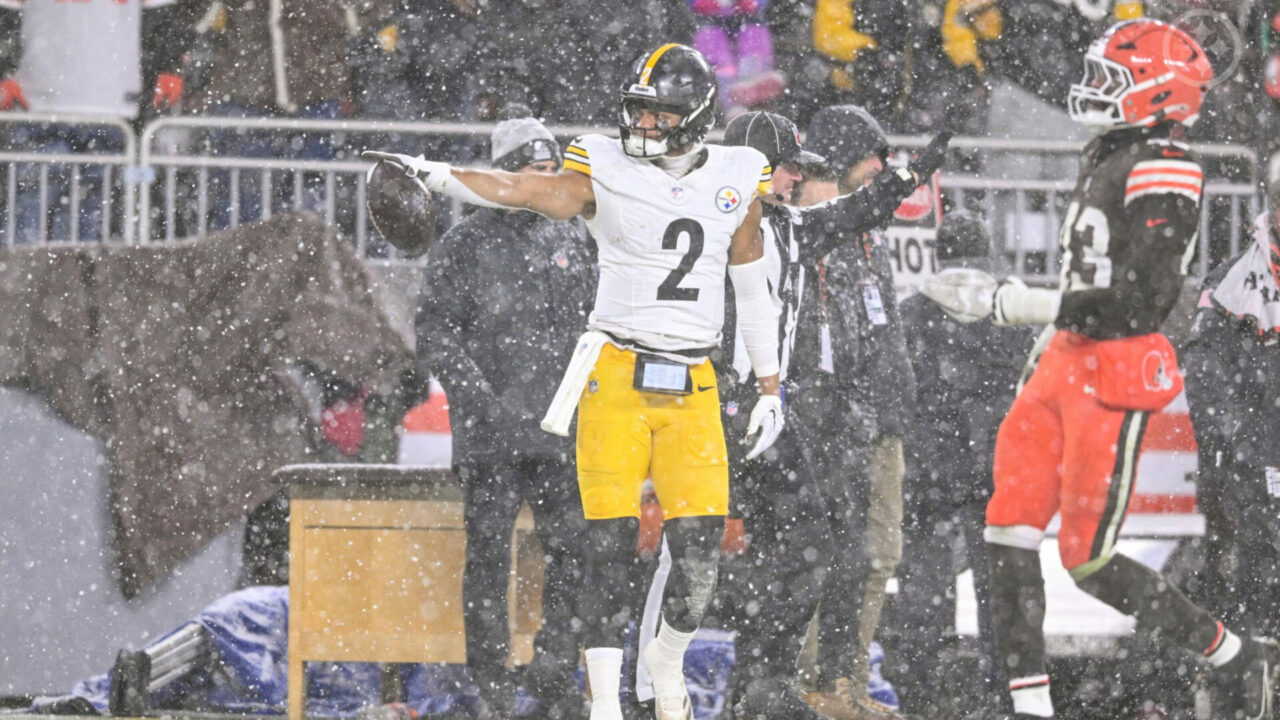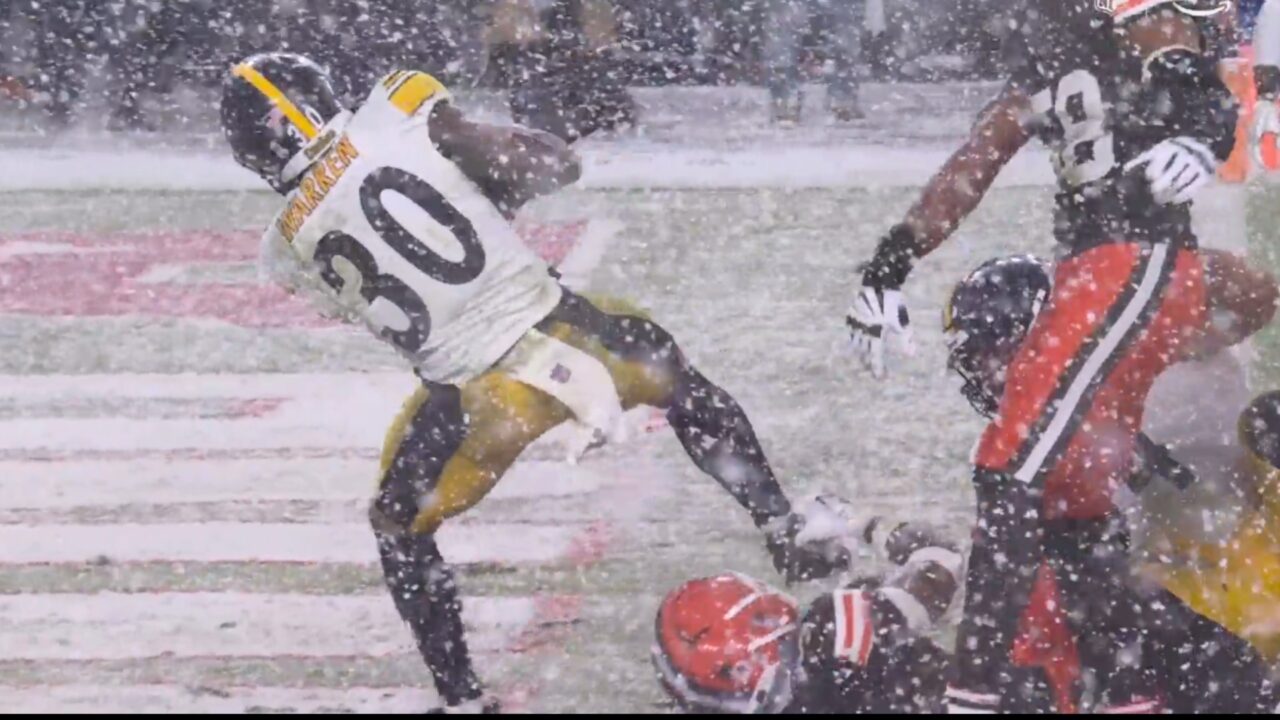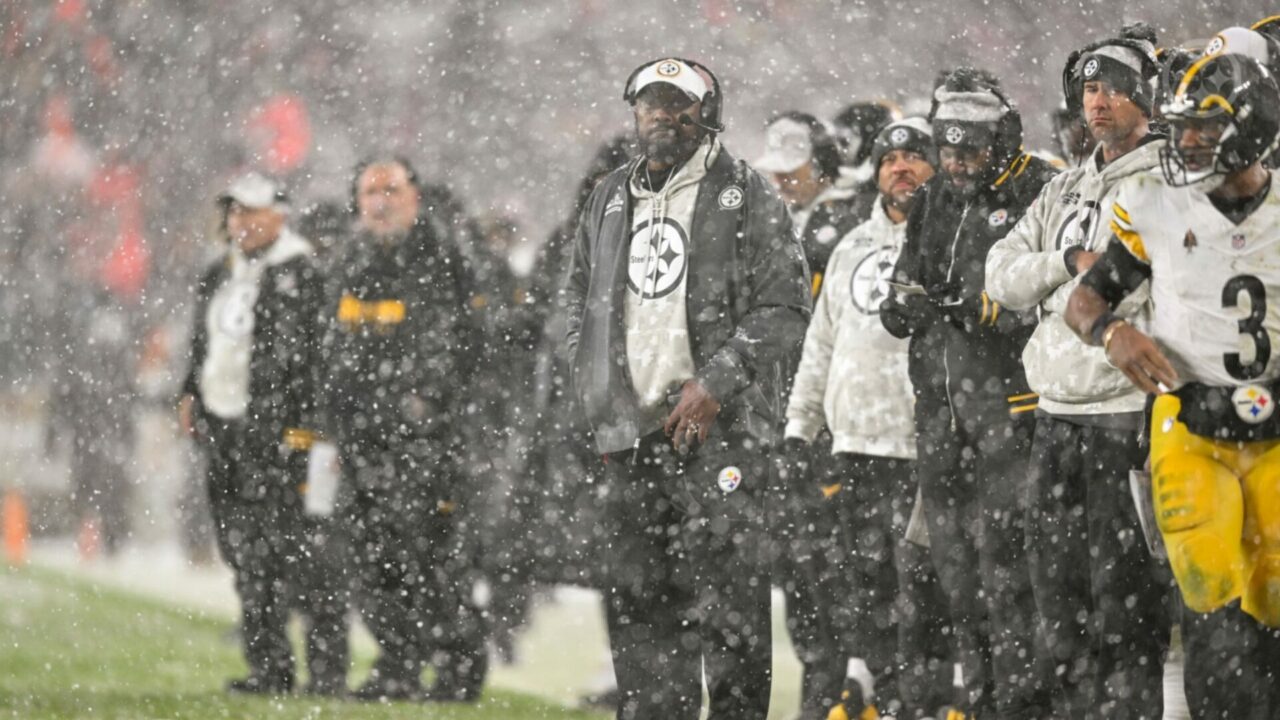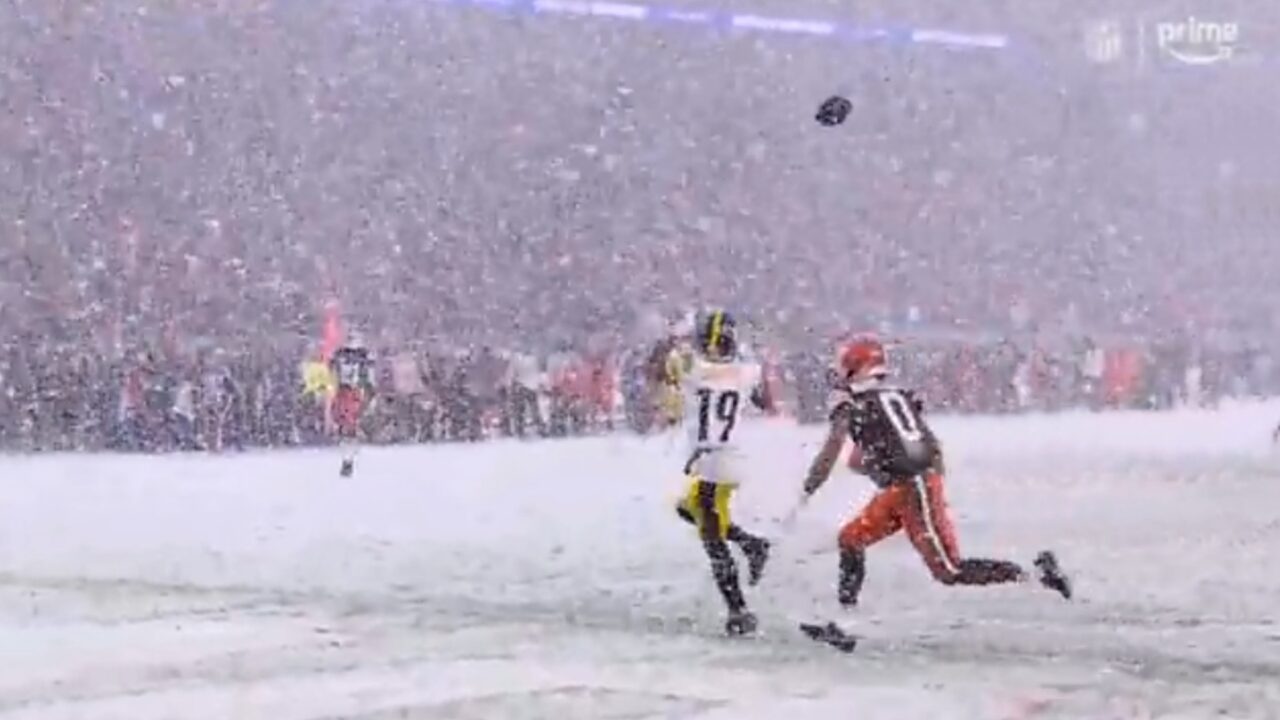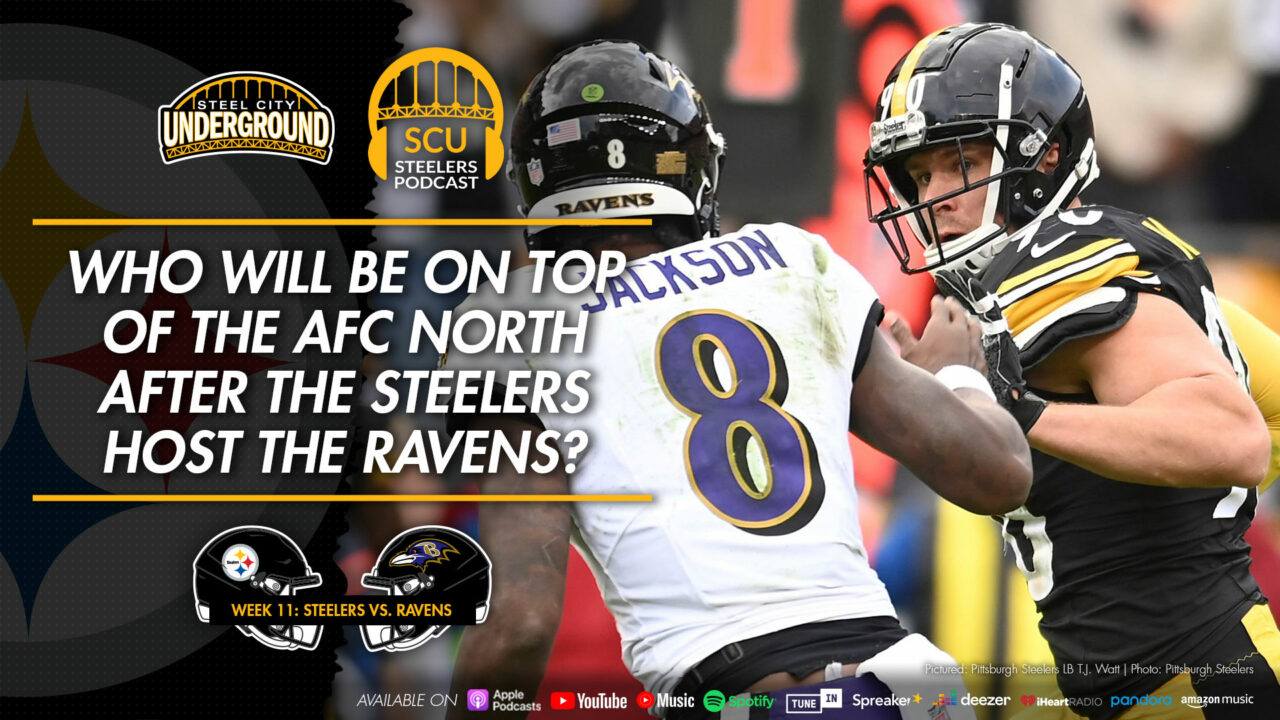Will Ladarius Green be all that he can be in 2017?
My SCU colleagues are starting to call me words like “Debbie Downer” or “Negative Nancy” when discussing potential situations heading into the 2017 season.
I take exception to that because as much as I want to be the biggest cheerleader for the Steelers, there are some glaring medical concerns that need attention, as to not blindside fans when the potential for reoccurrence can happen at any point.
And I do mean any point.
At mini-camp, into preseason and then in the regular season games.I am so ready to put some of the past injuries into the past and hope for a healthy team. The key word is “hope”, as that’s the word which has been thrown around a lot when discussing one of the biggest offensive spark plugs signed by the Steelers last season: Ladarius Green.
It’s time to shine a spotlight on Pittsburgh’s tight end, who was signed last offseason to a 4-year, $20 million dollar contract. In 2016 he only made it through six games, spending the first nine weeks of the regular season (and many months prior) recovering from an ankle injury. The injury required surgery around this time last year, and when Green didn’t heal as anticipated, he landed on the PUP list as the 2016 season opened.
When he finally did get on the field, following some snaps to shake off some rust, got more comfortable with Ben Roethlisberger‘s style of play, and get into football shape, we saw a fast, capable, and strong player who added that much-needed dimension to the Steelers offense. That was the hope when Green was signed, following the retirement of the dependable Heath Miller. Green has a skillset fellow tight ends Jesse James and Xavier Grimble do not. (David Johnson splits his time as a fullback and as a utility player, so it wouldn’t be fair to compare him with Green.)
Once he returned, the new hire was a major playmaker in three of the team’s seven-game win streak. He showed us his ball skills in a Thanksgiving Night victory over the Colts, where the tight end caught two key passes (for 67 yards) which set up a pair of touchdowns. He broke through his ceiling against the Giants, with a career game netting six catches for a personal high of 110 receiving yards, while also adding a score.
After appearing in six games, however, Green was back on the sideline: this time with a concussion which benched him for the rest of the season, including all three of the Steelers postseason games.
From what we know, Green had a concussion that never quite healed. That is probably not the right word since concussions tend to leave a lasting mark and never heal “all the way”. The setback brought back training camp concerns which carried over from Green’s four seasons with the with the San Diego Chargers.
All I could think, is why would the Steelers not do their due diligence on this player’s medical background before signing him to such a big contract?
According to NFL Injury Roundup, Ladarius Green has suffered concussions in multiple times throughout his young career:
- 2014 – Week 14 Chargers – missed following game
- 2015 – Preseason Chargers – concussion and a week two concussion; sidelined the following game
- 2016- Week 15 Steelers – sidelined rest of season and postseason
Hits to the body and head are part of the game, and players will always be at risk. (That’s why many sign multi-million dollar contracts!) That’s why the NFL has made it their cause to change the game of football, to minimize the damage caused by this dangerous sport.
So what can we expect from Ladarius going forward?
If we look at what a concussion is from a basic medical viewpoint, a concussion is caused by a jolt that shakes your brain back and forth inside your skull. (I am sure you have a visual at this point). Any hard hit to the body or head, whether it’s a football tackle or other contact injury, can lead to a concussion.
Concussions are considered to be a mild brain injury. If the injured person does not rest long enough for the brain to fully heal (and the timetable is different for everyone) the individual can not only reinjure their brain, but can sometimes cause lasting damage.
Only a physician can determine if the patient is concussed. On the football field, we see an immediate series of tests, including asking the player questions to check memory, pain, nausea and dizziness. Other long-term issues, according to the American Neurological Society, is concentration issues and memory.
A concussion or multiple concussions can damage the parts of the brain needed to store and retrieve information. That’s why the inflicted may have a harder time remembering the simplest things, like what they had for breakfast.
But let’s play devil’s advocate. What if the player wants to be on the field and does not disclose the full extent of their injury? What if later on the field, we start to see that simple routes are not followed, a player shows apprehension when a hit is coming, or confusion when a play isn’t made?
Is that the effect of multiple concussions?
We really can’t know but it does make you think. Brain injuries can damage parts of the brain that help with balance, depth perception and motor skills like walking, running and jumping.
All are activities of a tight end or any football player for that matter.
Laura J. Martin MD verifies for mild injuries, like concussions, the best therapy is to rest and give the brain a chance to heal. But if the injured player has a history of multiple concussions it’s not as easy to come back from. To continue to move that brain around can have lasting effects if not healed completely.
Hall of Fame quarterback Steve Young said multiple concussions lead him to retirement:
Be honest about any hit you take. If you feel dizzy if you can’t remember it, even if you feel fine. Just be honest. It can save your life for the future.
The main point is that Ladarius Green is a cautionary tale. Yes, we are hopeful the Steelers can get him to remain healthy for a full season, but if 2016 and Green’s history of concussions tells us anything, it’s that nothing is for certain.
